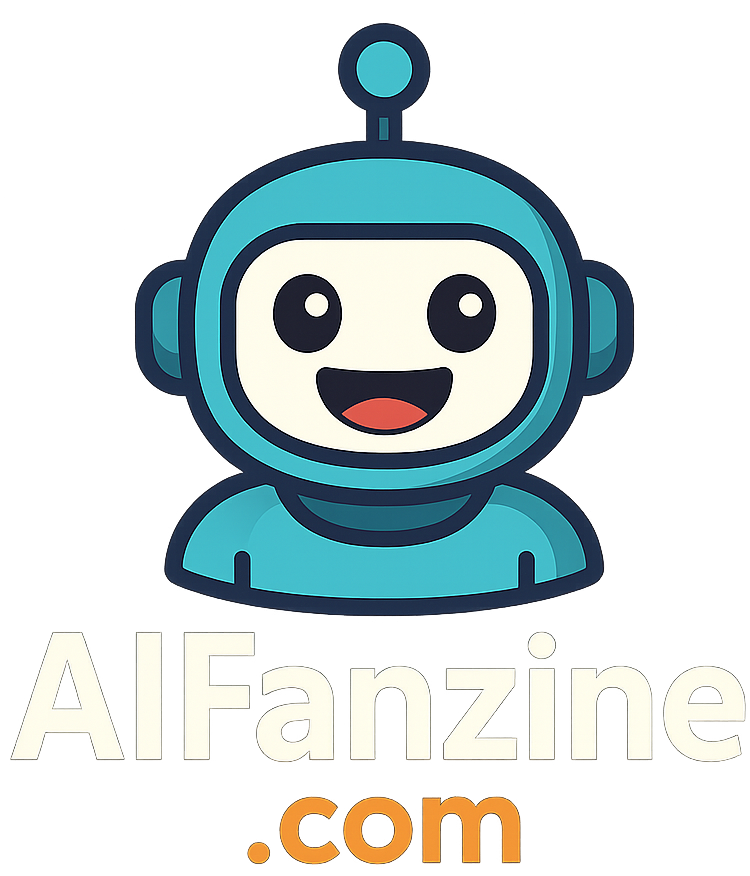AI evolves fast. But this new model that beats GPT-4? It stopped me cold.
I’ve watched AI for years. This isn’t just another update. It’s something entirely new. Let me show you why.
The Push Toward Multimodality
What’s “multimodal” mean? Simple.
Humans process the world through multiple senses: sight, sound, text. We blend it all together naturally. Multimodal AI works the same way. Instead of just text (like ChatGPT) or just images, it handles text, images, audio, and video simultaneously. Think reading a recipe versus watching someone cook while they explain it.
GPT-4 set the bar. Complex text, code generation, reasoning across topics. It did it all. But text came first, then the images came later.
This new model? Multimodal from day one. That core difference changes everything. Images and text aren’t separate anymore. When I tested tasks mixing visual and textual reasoning, the model treated inputs like puzzle pieces that fit together.
Performance That Actually Matters
GPT-4 crushed benchmarks in law, math, and coding. This new model beats them all.
Multi-step reasoning with images and text? The new model wins big. It combines diagram understanding with written explanations naturally. GPT-4 fumbled these constantly.
The coding ability shocked me. Hand-drawn website sketch to HTML and CSS? Near-production-ready code, first try. GPT-4 needed multiple corrections for the same task.
Why This One Hits Different
Most AI advances feel incremental. But, not this one.
It’s not just accurate. It is also adaptable. The model understands how modalities work together, not just what they are separately.
For example: I uploaded a complex mechanical part photo and asked for a repair guide. It didn’t just describe the part. It wove visual cues into step-by-step instructions. The model generated its own clarifying diagrams. That level of context fusion? Never seen it before.
GPT-4 felt like a smart assistant. Now, with GPT-5, this feels like working with someone who gets the bigger picture.
Real-World Applications Taking Off
Healthcare changes immediately. Doctors cross-reference medical images, patient histories, lab results, and research constantly. A model that integrates these inputs seamlessly? It means: Faster diagnoses. Better treatment suggestions.
Education too. Teacher uploads handwritten notes plus test scores, gets a personalized learning plan. Visual, textual, and numerical data working together makes this possible.
Creative fields will transform fast. I tested storyboard generation from narrative prompts. The output was structurally sound, not just pretty. The AI understood storytelling rhythm.
Human-Like Reasoning (For Real This Time)
Every AI claims “human-like reasoning.” Usually BS. But the side-by-side tests with GPT-4 showed a real gap.
Riddles needing logic plus visual interpretation? The new system matched human thinking patterns consistently. GPT-4 kept overemphasizing one input type, ignoring the other.
Balance is the key. The model knows when visual input matters more than text. And, when to flip that priority. Conversations feel natural because of it.
The Limitations We Can’t Ignore
The model still hallucinates. Visual outputs look convincing but they might contain errors. A cell structure diagram? Well, it outputed a cell structure diagram with some organelles misplaced, but, the correct text labels were there.
Scalability can sometimes hurt or tax a system. Full power requires serious computational muscle. Cloud services help, but your phone won’t run this anytime soon.
Ethics loom large. Convincing fake videos. Fabricated reports. More power means more potential misuse. We need stronger safeguards now.
What Developers Are Saying
Developers I’ve talked to? Equal parts thrilled and nervous.
This opens doors to dream applications. But integration, scaling, and cost bring new headaches.
Early experiments are live. Design tools turning napkin sketches into polished prototypes. Learning platforms blending spoken instructions with real-time visuals.
The verdict: GPT-4 changed text AI thinking. This model changes AI thinking, period.
What This Means for Work
Workplaces will reshape around this.
Creative professionals gain an indispensable co-creator. Analysts get a context-aware research partner. Educators and healthcare workers get an assistant that synthesizes information in new ways.
The displacement question is real. Machines interpreting visuals, generating code, and writing beyond GPT-4 levels. What happens to those jobs?
I don’t see replacement. I see redefinition. Human oversight, creativity, and ethical judgment will likely become more critical, not less.
My Own Perspective Shift
When GPT-4 launched, I thought we’d plateaued. Small improvements ahead, but, nothing major.
Dead wrong.
Integrating modalities feels like a real step toward AGI. Intelligence isn’t excellence in one domain. It’s connecting different domains coherently.
Every interaction reminds me: we are living through an AI breakthrough that promises to reshape technology and society both.
What’s Next
The path forward? It’s definitely exciting but it’s also uncertain.
Research must reduce the hallucinations. We need more efficiency to lower computational demands. Governance frameworks must catch up with all of the multitude of ethical implications.
However, I’m still optimistic. Watching AI grow from text-only to true multimodal partners, for us, has been extraordinary. Each breakthrough brings new opportunities and responsibilities equally.
This isn’t progress. It is a leap. And I’m convinced we’re entering one of the most fascinating chapters in AI history.

